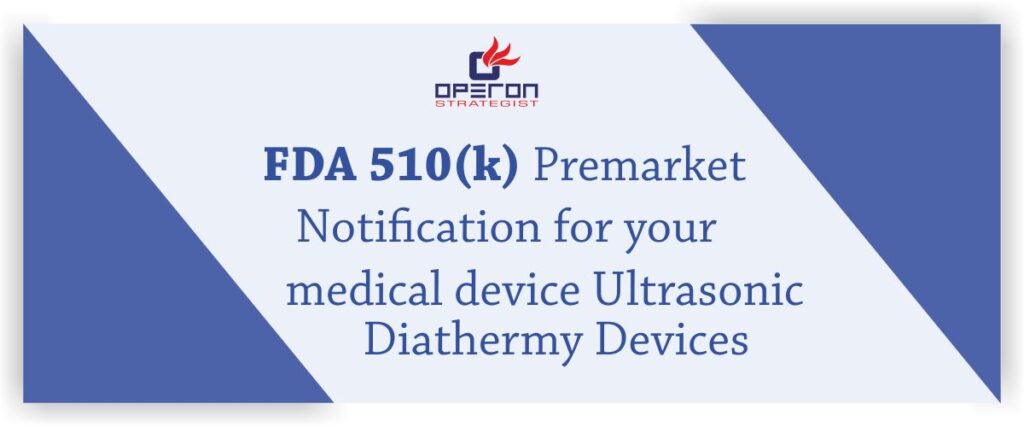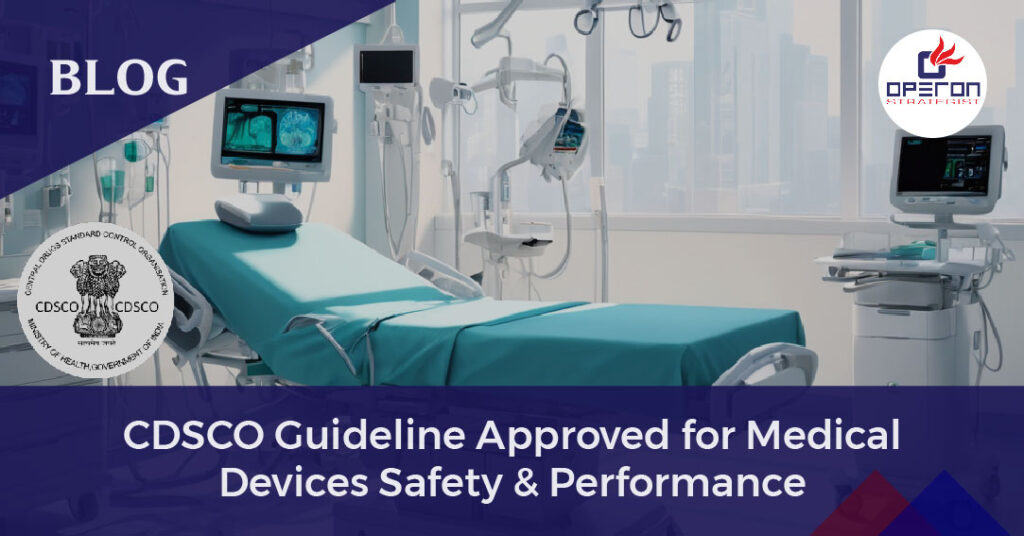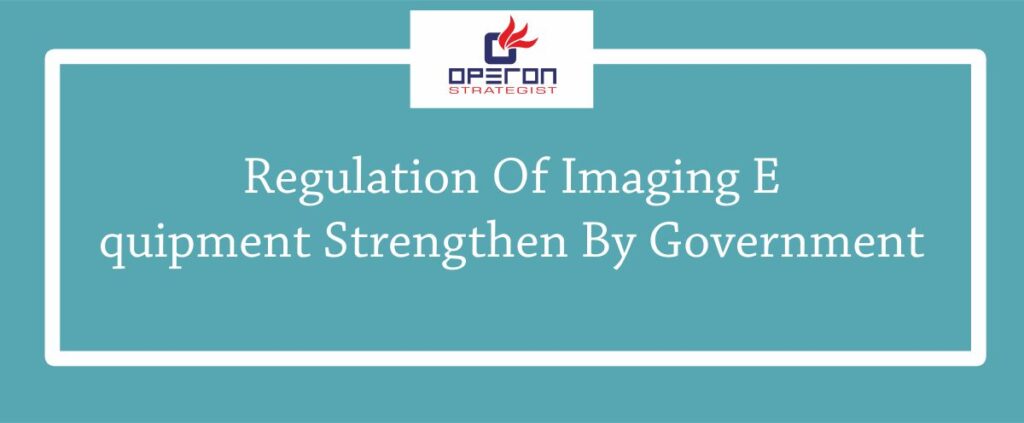In the field of healthcare, assuring the safety and efficacy of medical devices is critical. Aside from functioning and durability, determining the possible emission of volatile organic compounds (VOCs) and particles from these devices is critical for patient safety and environmental compliance. This is where ISO 18562 comes into play.
What is ISO 18562?
ISO 18562 is a set of standards specifically designed to evaluate the emissions of VOCs and particles from medical devices, components, and accessories. These emissions can arise from materials used in the manufacturing of medical devices or from interactions between the device and the patient during use.
Looking For a Medical Device Regulatory Consultant?
Let’s have a word about your next project
Why VOC And Particle Testing Matters
- Patient Safety: Since medical equipment comes into direct touch with patients, it is critical that any emissions, whether VOCs or particles are not harmful to their health. This standard aids in determining and measuring potential dangers.
- Regulatory Compliance: Adhering to ISO 18562 guarantees that medical device emissions meet regulatory standards. It offers a systematic strategy for testing and analyzing emissions, which is critical for market acceptance and patient trust.
- Environmental Impact: VOCs generated by medical devices can have ecological consequences. Manufacturers help to protect the environment by testing and controlling their emissions.
Components Of ISO 18562 VOC and Particle Testing
ISO 18562 consists of several parts, each addressing different aspects of VOC and particle testing:
- ISO 18562-1: General principles and basic concepts, providing an overview of the standard and its application.
- ISO 18562-2 Focuses on testing VOC emissions from medical devices. It outlines sampling, conditioning, and testing methods to measure VOCs released into the air.
- ISO 18562-3: Addresses particle emissions, specifying methods for sampling and evaluating particulate matter released from medical devices.
- ISO 18562-4: Provides methods for characterizing volatile compounds in the gas phase, offering a more detailed analysis of specific VOCs emitted.
Testing Methodologies of ISO 18562
ISO 18562 specifies stringent testing procedures for determining emissions from various elements of medical equipment, ensuring a thorough evaluation. Testing generally includes:
- Sample Preparation: Conditioning devices under controlled environmental conditions.
- Emission Sampling: Collecting and analyzing air samples around the device to quantify VOCs and particles emitted.
- Analysis and Reporting: Interpreting results against established criteria to determine compliance with safety thresholds.
Conclusion
To summarize, ISO 18562 is crucial to the healthcare business since it establishes criteria for evaluating VOC and particle emissions from medical devices. By complying with these criteria, manufacturers ensure that their products fulfill high safety standards, which improves patient safety, regulatory compliance, and environmental responsibility.
Understanding and applying ISO 18562 benefits not only manufacturers but also healthcare professionals and patients by assuring medical device safety and environmental sustainability.
Contact us if you need comprehensive assistance with ISO 18562 compliance or wish to discuss specific aspects of VOC and particle testing for medical devices. Operon Strategist is here to support you in navigating these requirements effectively. Stay informed and ensure safety!
- adminhttps://operonstrategist.com/author/admin-2/
- adminhttps://operonstrategist.com/author/admin-2/
- adminhttps://operonstrategist.com/author/admin-2/
- adminhttps://operonstrategist.com/author/admin-2/



